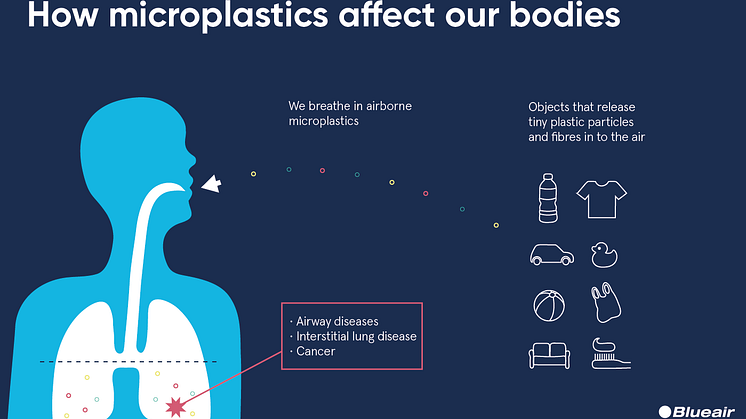Document -
White paper: Microplastics and how they pollute the air
Due to their small size, airborne microplastics can be inhaled and may induce a wide range of diseases including respiratory and cardiovascular diseases as well as cancer. Action is needed as research proves that our indoor air is particularly affected.
go to media item
- License:
- Media Use
The content may be downloaded by journalists, bloggers, columnists, creators of public opinion, etc. It can be used and shared in different media channels to convey, narrate, and comment on your press releases, posts, or information, provided that the content is unmodified. The author or creator shall be attributed to the extent and in the manner required by good practice (this means, for example, that photographers should be attributed).
- File format:
